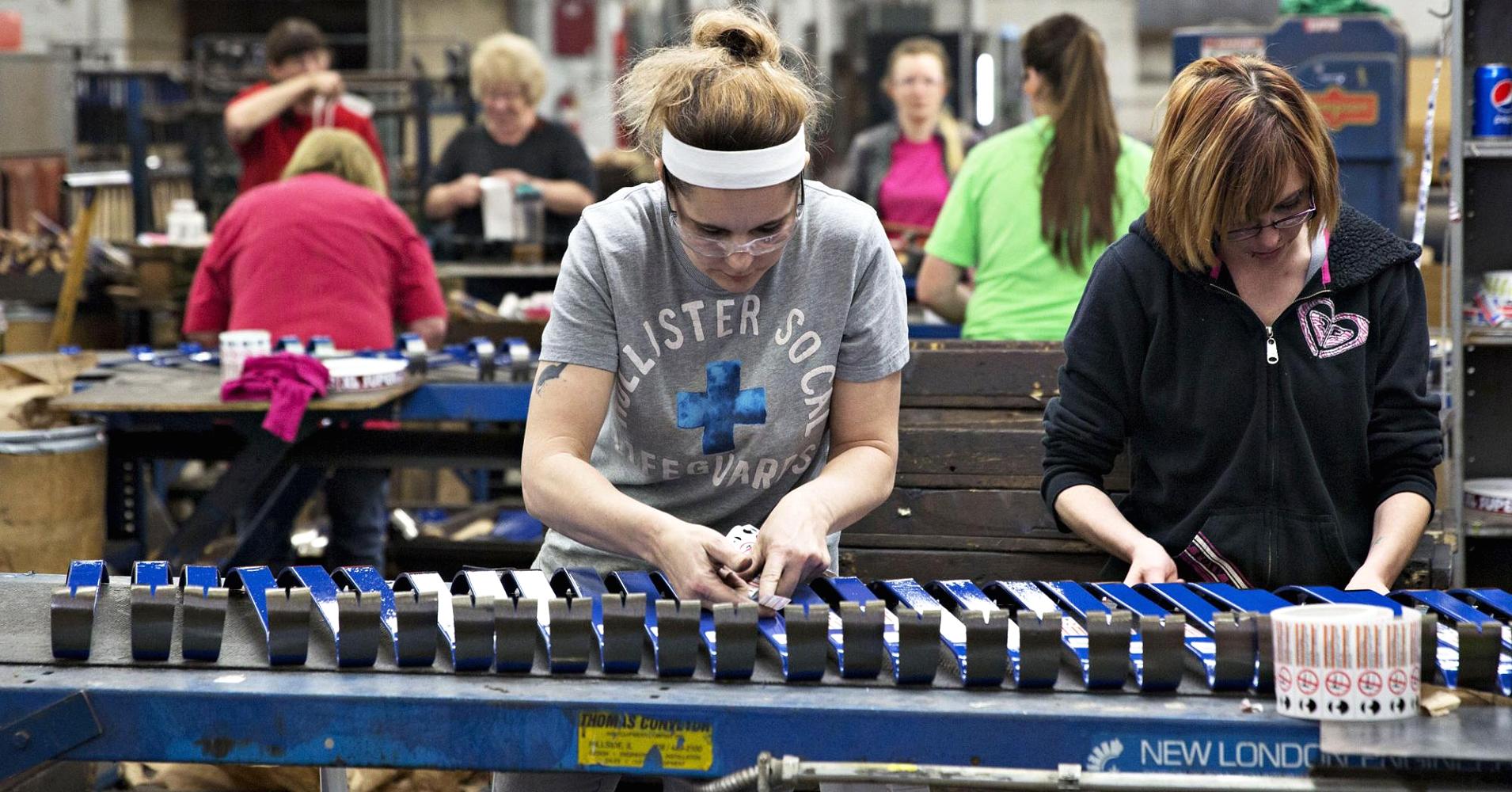The U.S. economy continued to add jobs at a solid clip in May, with nonfarm payrolls up 223,000 and the unemployment rate falling to an 18-year low of 3.8 percent, the Bureau of Labor Statistics reported Friday.
Economists had been expecting payroll growth of 188,000 and the jobless rate to hold steady at 3.9 percent.
The unemployment rate was last this low in April 2000. A separate level of unemployment that adds in discouraged workers and those holding part-time positions for economic reasons fell to 7.6 percent, the lowest since May 2001. A 0.1-point decline in the labor force participation rate to 62.7 percent, tied for the lowest level in 2018, contributed to the headline unemployment rate decline.
The closely watched average hourly earnings metric rose 0.3 percent, as expected. That translates to an annualized rate of 2.7 percent, up 0.1 point from April.
“The employment this month really underscores, once again, the robust strength of the labor market,” said Steve Rick, chief economist at CUNA Mutual Group. “May showed steady momentum in jobs and certainly hit back at any worries among economists who thought hiring was beginning to finally slow after seeing last month’s report.”
In addition to the better-than-expected payrolls for May, March’s count was revised up from 135,000 to 155,000 while April ended lower from 164,000 to 159,000, for a net gain of 15,000.
Job gains came from retail (31,000), health care (29,000), construction (25,000), professional and technical services (23,000) and transportation and warehousing, which added 19,000. Manufacturing also contributed 18,000 and mining grew by 6,000.
The total level of employed Americans as counted in the separate household survey rose by 293,000 while the rolls of the unemployed fell by 281,000, the latter number being the lowest level since January 2001.
Unemployment for blacks fell to a record-low 5.9 percent and 2 percent for Asians.
Overall, job creation skewed heavily toward full-time, which saw an increase of 904,000, while part-time jobs fell by 625,000.
President Donald Trump helped foreshadow a strong jobs report by tweeting about an hour before the release that he was “looking forward” to the report. Presidents typically get to see the embargoed nonfarm payrolls report the night before they are released.
“As has been said so many times by the president’s supporters as well as his critics, this is another case where it would be better for President Trump to spend his time doing something other than Tweeting,” said Mark Hamrick, Bankrate.com’s senior economic analyst.
Investors have been looking through the headline job gains to see whether a tight labor market was pressuring wage growth. The Federal Reserve in particular has been watching for inflationary signs. Central bank officials have indicated that two more interest rate hikes are likely this year on top of the one already approved in March.
The report “had everything needed to support a June rate hike by the Fed,” said Paul Ashworth, chief U.S. economist at Capital Economics. Indeed, traders moved up the probability of a June hike to 94 percent, a September increase to 72.5 percent, and a fourth hike this year in December to 37 percent, according to the CME.
“A combination of increasingly tight labor conditions and rising inflation puts the Fed in a position to build on their prior interest rate hikes as policymakers attempt to execute a steady, controlled return to normal policy,” said Jim Baird, chief investment officer for Plante Moran Financial Advisors.
Stocks had little reaction to the report but rose in early trading on Wall Street. Government bond yields were sharply higher.
Get the market reaction here.


 Signal2forex.com - Best Forex robots and signals
Signal2forex.com - Best Forex robots and signals




